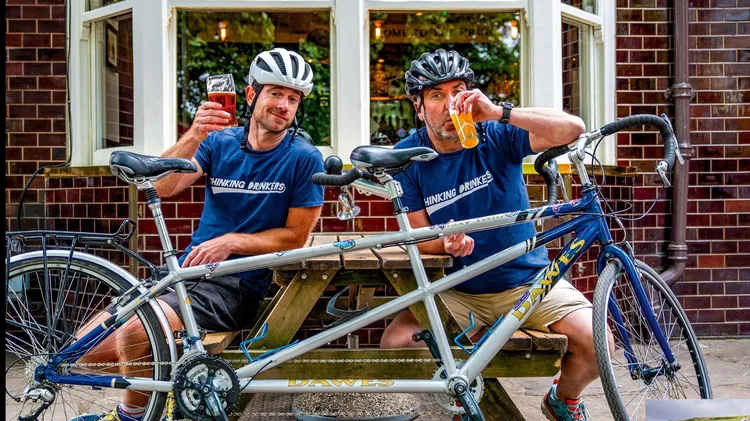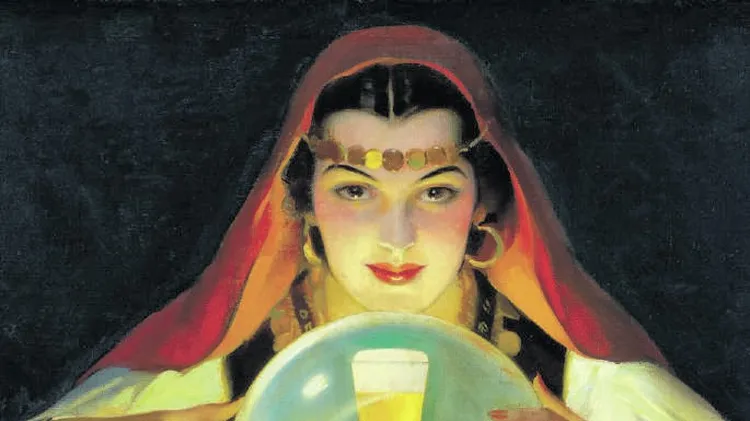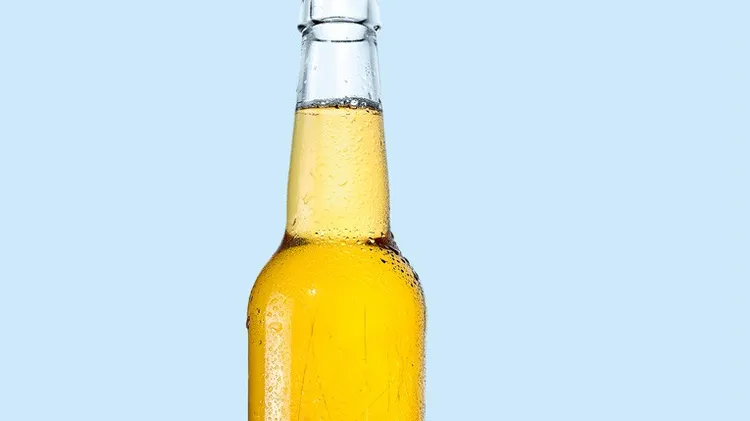In 2024, says beer expert Mark Dredge, big flavour doesn’t have to me
The heights of low abv
1 min read
This article is from...
Read this article and 8000+ more magazines and newspapers on Readly






